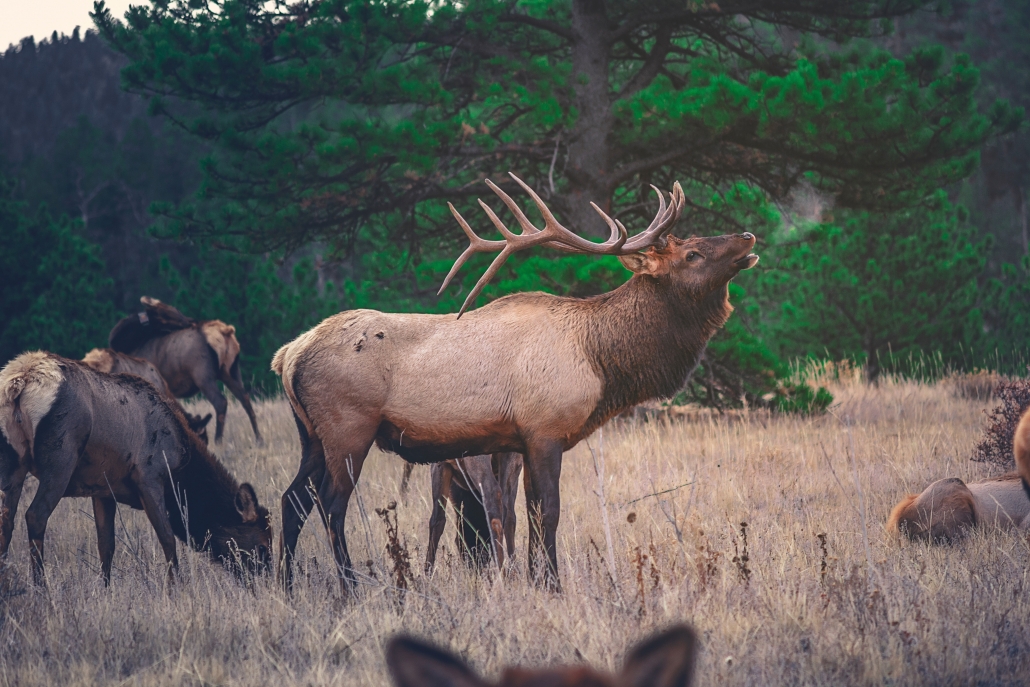A couple weeks ago I posted a blog about the 7 principles of Leave No Trace when hiking, backpacking, and camping: Click here to see blog post. This week, I am following up on that topic. I interviewed Zane Wolf, who used to work for the Forest Service. He had some awesome tips and insights on how to effectively care for the environment, prevent damage, and enjoy it simultaneously!

Zane Wolf
Question: What were the top mistakes you saw people make in regards to LNT (Leave No Trace)?
The answer Zane gave surprised me, but made so much sense. He said, “Leave No Trace has a kind of polarizing effect when it’s used unhealthily. You can see somebody who’s not practicing a LNT principle, and you could jump down their throat about it…but that isn’t going to solve anything. If you approach them in a healthy manner and give them some pointers on what they could do better in the future without being confrontational and rude, you are perpetuating a true outdoor steward lifestyle far better than if you were to act like an elitist.”
If we want to protect our environment, then we have to be aware that sometimes our attempts might come off as judgmental or confrontational. No one wants to be lectured, so if you see someone not abiding by LNT, take a moment to be sure your words won’t sound argumentative.
Question: What was the most shocking effect of people not practicing LNT that you saw while working for the Forest Service?
Nothing could have prepared me for the answer that came out of Zane’s mouth. While working on the Forest Service, Zane got a call from some hunters asking if they could shoot an elk with a tracking collar. The hunters were told that was fine, but to return the tracking collar to the Forest Service. Not long after, Zane recalls, “they called us back and told us that the elk didn’t actually have a tracking collar on at all, but that it was a toilet seat.” He said that when they saw the elk’s body, the skin on it’s neck had grown around the seat. This meant that the poor animal had been living with this for over a year. It’s hard to think about something like this happening, but it’s important to realize the damage we can cause if we don’t practice LNT principles.

Question: What LNT mistakes are often made that create more of an issue than people realize?
Something that Zane saw all too much of during his time with the Forest Service was people failing to hike and camp on durable surfaces. Most hikers who don’t know about LNT often assume that going off trail, or pitching a tent wherever they see fit, couldn’t cause THAT much damage. Unfortunately, it really does effect the environment significantly. Zane gave a great example of these effects on trail switchbacks. Because water flows downhill, switchbacks are put in place for shedding water as slowly as possible. This reduces the amount of sediment being taken by the rain. When people hike up a mountain and go off of the designated switchback trail, it defeats the purpose entirely. The less functional a switchback becomes, the more vegetation is killed. This then forces animals to move down the mountain for food. When that happens, the population of animals forced to relocate is often decimated by hunting. Again, a sad reality, but an important truth to remember.
Question: What are some of your tips and tricks for effectively and easily practicing LNT?
Zane stressed the importance of principle 5, which is to minimize campfire impact. As I discussed in the last LNT blog, it’s always best to not use a fire at all. Instead, try to use a camp stove, which will automatically leave no trace. If you do build a fire, here are a few pointers from Zane:
- Make sure to put the fire in a hole that is at least 7 inches deep if there is no pre-existing fire ring.
- If you are in an environment/climate that allows you to burry your fire to put it out, there is a specific way to do this. Zane said that if you stick your hand in the dirt and it is still hot, then the fire isn’t sufficiently put out.

Another way Zane likes to use LNT is in his personal life. This viewpoint is one I hadn’t thought of, but really love. Here are a few of his methods for applying the LNT mindset to your everyday life:
- “As far as traveling and camping on durable surfaces, that applies directly to building a foundation with your life upon something that you know is sound.”
- “You can plan ahead and prepare, and make a good life plan. You can be prepared for what the consequences may be if you decide to go out on a limb.”
- “Minimizing campfire impact, to me, applies directly to burning bridges. Don’t burn a bridge that you might need someday.”
- “Disposing of waste properly is something that applies directly to your mental health. Don’t stuff something down in a corner emotionally where it doesn’t need to be. If you need to dish something out, then dish it out right then in a healthy way instead of letting it fester.”
I’m really glad Zane agreed to do this interview, and am happy to say I gained a lot of valuable information and advice. My hope is that I can spread this insight to all of you. If you can adopt the LNT principles, both on and off the trail, then your relationship with yourself, others, and the environment will be more fulfilling and enjoyable.


